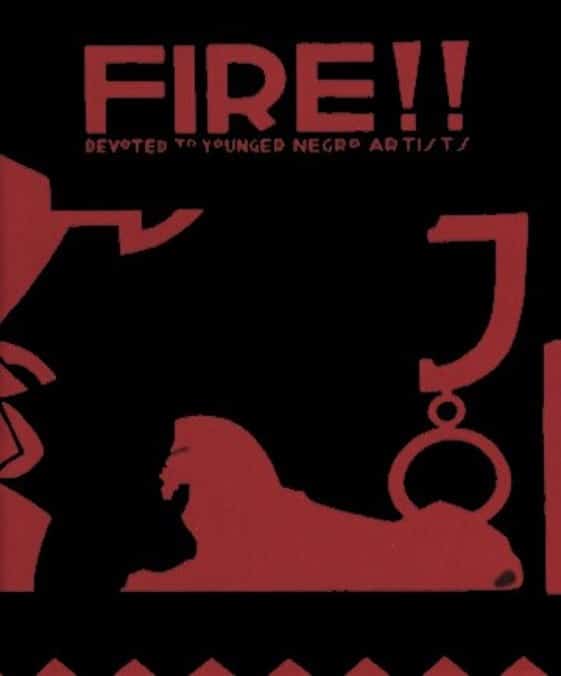There is one aspect of the electronic media (e-books, blogs, e-news) vs. print media debate that is too often left out of the discussion: the impact of the rise in digital media and the decline in print media on poor and marginalized communities. This side of the digital divide threatens families and individuals who cannot afford to spend money on e-readers, smartphones, laptops and other electronic devices to access relevant news, books, pictures and stories. The decline in print media is inextricably connected to lower literacy rates in poor communities, which is itself a reflection of trends in decreased funding for public education, public libraries, public art and culture activities, and other social services across the country.
A decline in print media also impacts the ability of impoverished and marginalized communities to share their own news and real-time stories, in a world where mainstream media regularly distort and misrepresent these groups of people. In the Black community in particular, separate press and print media outlets have always been crucial to counteracting negative images and stereotypes reinforced by mainstream media. From Freedom’s Journal, the first Black-owned newspaper established by a group of free Black men in 1827, to the Fire!, an African-American literary magazine published during the Harlem Renaissance, to the 20 issues of the Black Panther Party Newspaper from 1968-73, Black print media have operated as a powerful voice for the oppressed and one of the most effective technologies for the transmission of culture, art and news between people across space-time. The shifting tide to a largely digital media landscape, and an economy that encourages such a transition, puts independent, Black-owned bookstores out of business and forces historically Black print media outlets to release the bulk of their content exclusively online. According to Wikipedia, Black online newspapers have seen a resurgence since 2010, with new Black news sites popping up all the time.
Despite our steady progression into a completely digital world, however, print media created, owned, produced and distributed by Black people maintains a weighty presence out there in the physical world. These print media outlets remain crucial platforms for Black communities impacted by the digital divide to share and collectively celebrate art, culture, current events, stories and other forms of expression via the written word. The Philadelphia Tribune, founded in 1884, is America’s oldest and the Philadelphia region’s largest daily newspaper serving the Black community. In addition to publishing the paper five days a week, the Tribune also publishes Tribune Magazine, a quarterly publication geared to various contemporary issues and interests, Now, an arts and entertainment review, Sojourner, a visitors introduction to Philadelphia and the Learning Key, an educational supplement highlighting schools, programs of special interest and student achievement. Black-owned, independent bookstores like Sankofa Video, Books, & Cafe in D.C., Black and Nobel in Philadelphia, The Underground Bookstore in Chicago and Marcus Book Store in Oakland do more than just sell books and coffee. These stores function as strategizing spaces, archivists, cultural hubs and learning institutions in their respective communities. Community literacy programs such as Books Through Bars, which distributes free books and educational materials to prisoners, and TreeHouse Books, a nonprofit, African-American children’s bookstore and literature program, provide exposure to print media and encourage self-empowerment through literacy.
Black book fairs, such as the annual Harlem Book Fair, and comic book conventions, such as Detroit’s Motor City Black Age of Comics Convention and ECBACC in Philadelphia, provide small, independent Black publishers, authors and artists the opportunity to display, read, sell and discuss their work. Small magazines (otherwise known as zines), pamphlets and newsletters also facilitate storytelling and culture transmission. Zines and pamphlets are usually hand-printed or drawn, photocopied with small circulation and can cover any topic, such as politics, poetry, art, personal stories, fiction and social theory. This makes them an affordable and accessible means of print media made for virtually anyone who has something they want to share or express. There are zine symposiums, zine publishing fairs and zine libraries all over the country where zines are sold, traded or given away for free. Organizations, like The People of Color Zine Project, distribute and archive POC-authored publications, in addition to providing grants, tools and events for zinemakers.
Until the digital divide is closed and we all exist on an even playing field in the tech age, print media will continue to be an integral medium for transmission and documentation of Black culture, art, stories and current events. For the benefit of those members of our communities who do not have the luxury of smartphones or regular Internet access, we must support our print media platforms while we still have them available.
Rasheedah Phillips is a Philadelphia public interest attorney, speculative fiction writer, the creator of The AfroFuturist Affair, and a founding member of Metropolarity.net. She recently independently published her first speculative fiction collection, “Recurrence Plot (and Other Time Travel Tales).”

